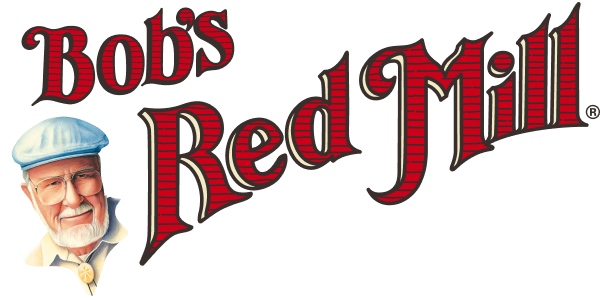


 The texture of the bread is mainly dependent on how much gas is in the dough. Carbon dioxide is responsible for all the bubbles that make holes in bread, making it lighter and fluffier. Because gas is created as a result of yeast growth, the more the yeast grows, the more gas in the dough and the more light and airy your bread loaf will be.
So, how do you make a bread dough with healthy levels of yeast? Simply put, you have to control the temperature of the bread. Allowing ample time for your bread dough to rise and the yeast to form will create the holes in the bread that give it a lighter texture. Letting your dough get puffy and grow before it goes into the oven is critical. However, be sure not to let it rise too much. If the yeast in your dough creates too much gas, your mixture may start to blister. If you notice blistering, poke the blisters with a toothpick and get your bread to the oven quick. Once you have a handle on how long it takes your favorite light bread recipe to fully rise, creating a light and airy loaf of bread will be a piece of cake.
The texture of the bread is mainly dependent on how much gas is in the dough. Carbon dioxide is responsible for all the bubbles that make holes in bread, making it lighter and fluffier. Because gas is created as a result of yeast growth, the more the yeast grows, the more gas in the dough and the more light and airy your bread loaf will be.
So, how do you make a bread dough with healthy levels of yeast? Simply put, you have to control the temperature of the bread. Allowing ample time for your bread dough to rise and the yeast to form will create the holes in the bread that give it a lighter texture. Letting your dough get puffy and grow before it goes into the oven is critical. However, be sure not to let it rise too much. If the yeast in your dough creates too much gas, your mixture may start to blister. If you notice blistering, poke the blisters with a toothpick and get your bread to the oven quick. Once you have a handle on how long it takes your favorite light bread recipe to fully rise, creating a light and airy loaf of bread will be a piece of cake.
 Boost the fluffiness of your bread by using a dough enhancer like Vital Wheat Gluten. All it takes is a small amount of dough enhancer per loaf to create a much lighter and fluffier result. Using a dough enhancer like Vital Wheat Gluten works to improve the texture and elasticity of the dough and elongate the strands of gluten. Doing so allows more room for the gas in the dough to develop and rise. Dough enhancer also improves the growth of the yeast in the bread. By the time your bread is fully baked, you'll end up with a much lighter, fluffier and taller loaf.
Boost the fluffiness of your bread by using a dough enhancer like Vital Wheat Gluten. All it takes is a small amount of dough enhancer per loaf to create a much lighter and fluffier result. Using a dough enhancer like Vital Wheat Gluten works to improve the texture and elasticity of the dough and elongate the strands of gluten. Doing so allows more room for the gas in the dough to develop and rise. Dough enhancer also improves the growth of the yeast in the bread. By the time your bread is fully baked, you'll end up with a much lighter, fluffier and taller loaf.
 There are many reasons that your bread recipe could result in a dry and dense loaf. With all the different steps in bread making, you are probably looking for a simple way to create the perfect dough without adding another step. Making sure all of your ingredients are correctly measured is one of the best ways to avoid creating a loaf that is too dry. While using measuring cups and spoons, might be the method listed out on the recipe, using these tools often results in inaccurate measurements. The biggest problem with measuring cups and spoons is that they measure the ingredients' volume and not its weight. Using these measuring tools may give you a small amount of consistency. However, many professional bakers prefer to weigh their ingredients to create unified results every time.
For a light and airy bread, you'll be proud to say is homemade, we recommend weighing your ingredients in grams. You'll need to invest in a kitchen scale if you haven't already. Kitchen scales can be found for reasonable prices and are the best way to ensure that you're following the recipe precisely as intended.
There are many reasons that your bread recipe could result in a dry and dense loaf. With all the different steps in bread making, you are probably looking for a simple way to create the perfect dough without adding another step. Making sure all of your ingredients are correctly measured is one of the best ways to avoid creating a loaf that is too dry. While using measuring cups and spoons, might be the method listed out on the recipe, using these tools often results in inaccurate measurements. The biggest problem with measuring cups and spoons is that they measure the ingredients' volume and not its weight. Using these measuring tools may give you a small amount of consistency. However, many professional bakers prefer to weigh their ingredients to create unified results every time.
For a light and airy bread, you'll be proud to say is homemade, we recommend weighing your ingredients in grams. You'll need to invest in a kitchen scale if you haven't already. Kitchen scales can be found for reasonable prices and are the best way to ensure that you're following the recipe precisely as intended.